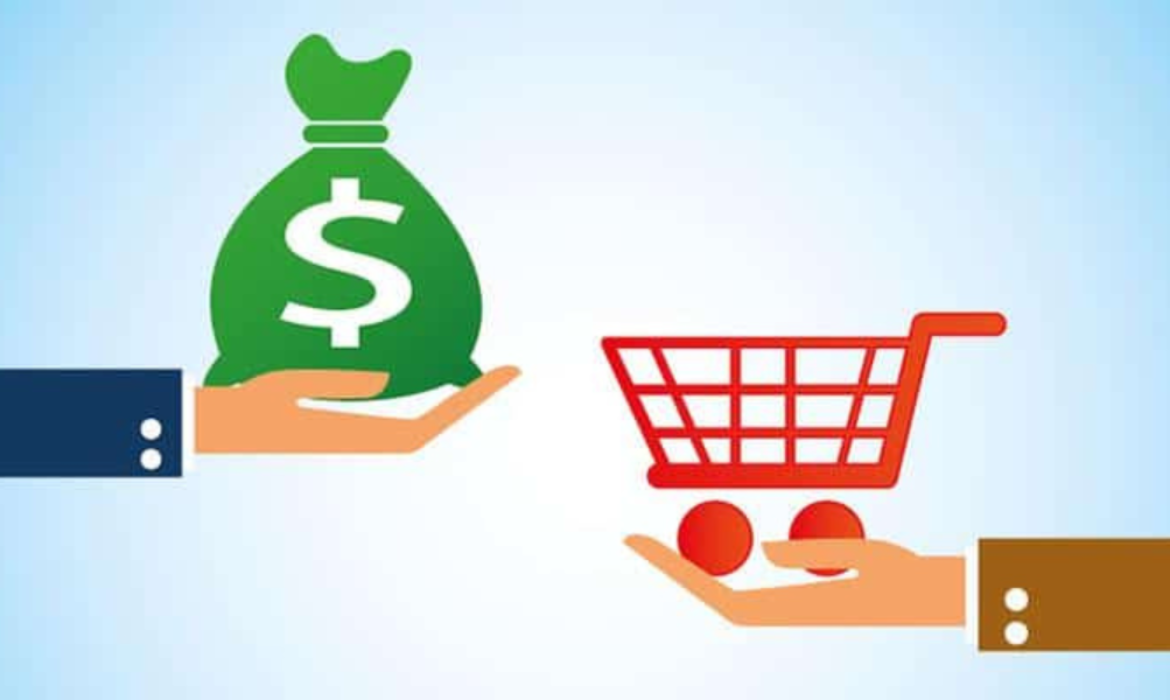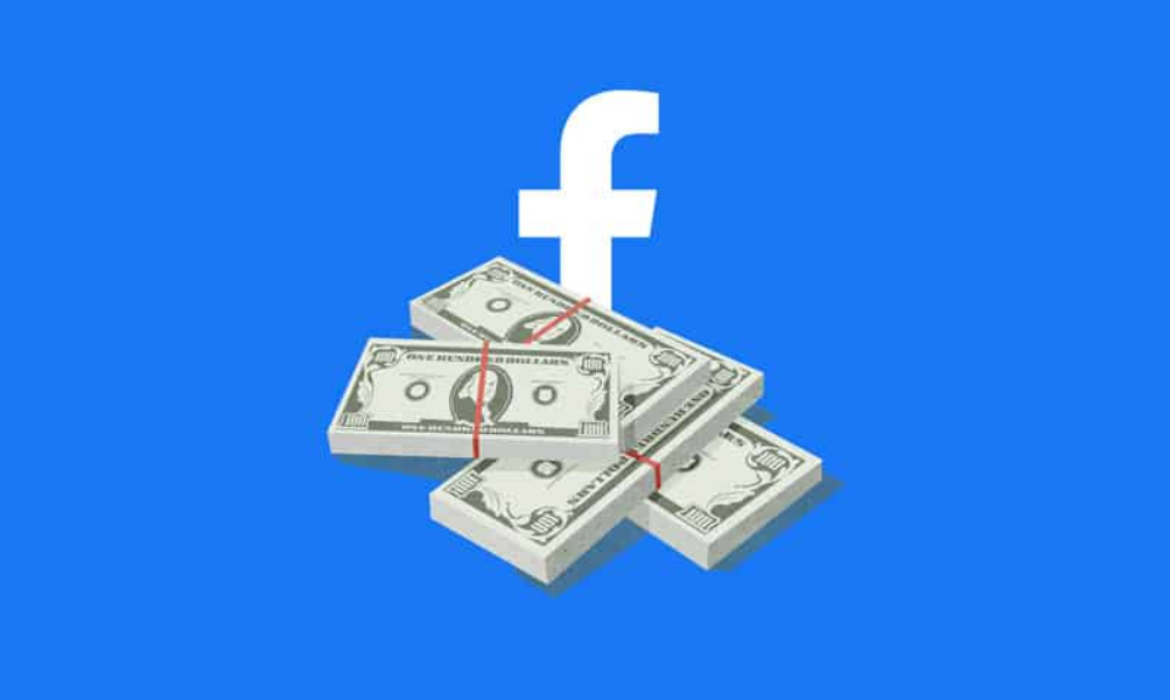Hitting $61.9B, Google Parent Company Alphabet Revenue Rises By 62%
As of the end of the second quarter, Google’s advertising income was $50.4 billion, accounting for the largest chunk of Alphabet’s $61.9 billion in revenue.
Now, the world’s largest digital marketer has generated more than $560 million in advertising income over the previous three months – every single day!
Alphabet’s earnings are up 62 percent year over year from Q2 last year, when the firm experienced its first-ever sales loss owing to the global pandemic’s effects.
Sundar Pichai, CEO of Alphabet, and Google said in a prepared statement that the figures show a growing surge of online activity.
CFO of the companies, Ruth Porat said –
Revenues of $61.9 billion reflect elevated consumer online activity and broad-based strength in advertiser spend
Alphabet also carefully dissected the results of its many advertising departments. Ad revenue increased to $50.4 billion from $29.9 billion a year ago.
During the reporting period, search advertising brought in $35.8 billion, YouTube brought in $7 billion, and Google’s ad network brought in another $7.6 billion in media expenditure.
Traffic acquisition costs (TAC)–the amount of money Google needs to invest to get the attention needed to attract ad spend–kept rising in the third quarter, approaching $11 billion, up from $6.7 billion a year earlier.
Porat told investors on the company’s earnings call that Google’s search ad sales increased by 68 percent during the quarter, with retailer expenditure being a key contributor.
Additionally, Porat also said that YouTube’s 84 percent rise in advertising income over the period reflected the platform’s rising appeal among brand marketers.
She also stated that Google Ad Manager and AdMob were the two most important drivers of ad network spend.
The second quarter of 2020, which saw revenue decline by 1.5 percent yearly, was described by Alphabet executives as a “tale of two quarters” marked by an abrupt stoppage of advertising expenditure.
Marketers who promptly restarted their campaigns spent a large portion of their budgets online, as shown by Google’s recent revenue increase.
The Impact of M&A deals in AdTech Amidst COVID-19 Pandemic
The year 2020 is facing global problems like pandemic, race riots, or recession. In the early days, many advertisers have pulled back in many areas because of the fear and uncertainty but surprisingly the projected slowdown on the ad spend is minimal, pointing towards a stable and steady growth in the future. The stock performance of adtech and mar-tech companies have performed well despite the crisis. Adtech is witnessing a consolidation phase but how effective will be dealmaking in this pandemic is the next obvious question. Read here to know more.

Image Credit: Adweek
Dealmaking In Pandemic
Luma Partners’ Terrence Kawaja, ad tech’s top investment banker pointed at Adweek’s NexTech 2020 Virtual Summit that dealmaking dropped to almost half in the pandemic where many of them were legacy deals which were already in pipeline pre-COVID. The dealmaking was substantially down in Q1 and Q2 and is expected to further reduce in the third quarter due to short-term lack of confidence owing to the current crisis. However, dealmaking activities have picked up again and will see more toward the end of 2020. Kawaja also said,
“Based on our pipeline and what we’re seeing in the marketplace, buyers are back in and looking for deals.”

Image Credit: Adweek
Where are we seeing these new activities coming from?
Kawaja provides key insights on a potential impending wave of industry consolidation and 5 market segments that are driving M&A deals – Connected TV, Identity, Mobile App, Audio, and what he termed ‘Programmatic End Game Consolidation’ and further elaborated on it.
1. Connected TVs: CTV is over a USD 100 billion market that is growing rapidly and by next year it will be 50% addressable. CTV viewing was up in the pandemic and there is a shift in consumer viewing from linear to streaming mainly due to the loss of live sports. USD 70 billion ad spend from linear is shifting towards OTT channels. Major companies are keen to take advantage of the changing scenario with the right technology. With an accelerated shift to streaming, CTV deal activities are picking up.

Image Credit: Adweek
2. Identity: The core to 360-degree marketing witnessed many privacy regulations and data restrictions from big tech like Google Chrome turning off cookie to Apple’s IDFA deprecation, presenting challenges like limiting targeting in the open-web and measurement. At the same time, there are opportunities like first-party data and resurgence of contextual targeting. Large companies position for privacy-centric data capabilities and predict strategic opportunities in consumer data deal activities.
3.Mobile App: Mobile advertising continues to take share with substantial gains over the last 5 years. A lot of in-app is driven by gaming. A spike in gaming will be witnessed during COVID with 1.2 billion weekly mobile game downloads with people having more time in hand in the lockdown. The latest challenge that companies are trying to sort out is the IDFA deprecation in the iOS 14 update. Deal activities will continue in mobile apps provided there are new opportunities.

Image Credit: Adweek
4. Audio: Podcast has undergone tremendous popularity in the last 5 years with 104 million monthly podcast listeners. The monetization has grown even faster and is still in the early years that has the potential to grow further. The rise in podcasting is driving many more audio deals. Many substantial deals have already happened mainly by Spotify and are expected to continue.

Image Credit: Adweek
5. Programmatic End Game Consolidation: Every industry goes through three generic phases: new company formation, maturity, plus rationalization and consolidation. However, in the adtech industry, the process is “on steroids”. Thousands of companies initially flood the adtech market with an abundance of venture capital and easy market entry, and with early successes follows a rush of IPO’s. Large consumer data companies take advantage of the large, matured, and growing market for scale and profitability. Kawaja says the net consolidation in ad tech started in 2015 and further adds,
“We’ve been on that rationalization push for the last five years.”
He sees this is the final phase -the end-game-of consolidation soon which will be accelerated by the pandemic which will get to fewer players with larger spend and lower-tech rates.
“This will clean the ecosystem with fewer players that are more sustainable with a better market cap. Consolidation on DSP side – Trade desk with 20 billion market cap is the evidence for the final phase.”
If his projection comes true then there will be some activities after a long pause in the deals. Following that, the M&A sprint is likely to exit the industry.
Read more: A One-stop Guide On All You Ever Need To Know About AdTech In 2020
Publishers Withdraw Ad Inventory From The Market To Protect Ad Prices
Generally, conventional wisdom says a publisher would sell more ad units at a lower price in a weak market. However, publishers are doing the opposite and pulling their inventory to take a short-term revenue hit and protect their inventory price from falling further. This will help their business in the long run by not falling into the trap of price cuts which would be difficult to win back.
Programmatic advertising market operates under an auction system, lower advertiser demand, and higher web traffic to publishers site has pushed programmatic ad CPM’s down by 10%-20%. Since buyers are now more loyal to price than brands, publishers are preventing prices to tank further to a point of devaluing their inventory over the long term. While some publishers are reducing their inventory in the open market to keep the prices from falling further, others are using ad slots to push internal subscriptions or eliminating ad slots from the pages. For instance, Buzzfeed is getting rid of display ads that receive lower viewability scores.
Unfortunately, the publishers are acting independently and not considering the impact on the broader market. They aim to protect their own inventory prices from falling low as they fear it will take a longer time to return to the previous levels especially if advertisers are buying at a bargain now and unwilling to pay more later when things are back to normal.
As quoted by Digiday, Andy Ellenthal, CEO of the ad sales reporting platform STAQ shares a similar opinion and said, When advertisers return to their normal spending amounts, “they’re going to absolutely remember that a publisher was 25 cents in April of 2020.”

Image Credit: Digi Day
As per the above STAQ graph, the average U.S. display ad CPM in the open auction has fallen from a high of $1.34 on March 1 to $0.91 on May 3.
Even though average CPM has bottomed out on April 8 at $0.83, Andy Ellenthal believes CPM’s will not experience a U-shaped recovery but more of an L-shaped recovery, a slow and steady upward trend. This means publishers whose CPM has fallen least will have to cover the shorter route to return to previous prices.
DigiDay interviewed a few publishing executives and one publishing executive said,
“I’ve got to manage my supply to keep it in balance with demand, and demand has fallen so fast that now we’re trying to get ahead of the game. How much supply can we take off the table to control the CPM without actually truly hurting our business more than it’s hurt now?”
A second publisher executive said that the removal of one ad unit across their sites is equivalent to more than 1 billion monthly impressions. It is a generous number but not significant enough to move the market. Media Math’s DSP sees more than 180 billion impressions each day.
On this Ethenall said,
“These publishers always have to strike a balance between fill and yield. Chances are they are not going to fill 100% of their ad slots right now. If you have a billion impressions that go unsold anyway, what’s the value of them if they’re only pulling down pricing for your better impressions?”
Many publishers have adjusted their floor price to a minimum level at which the inventory can be sold. However, the lower ad demand has made the publishers pull inventory and protect prices as inside programmatic advertising, everything revolves around “Price.”
One of the publishers used to increase floor price by 15% every two weeks since the beginning of Q1. However, in the second half of March, a significant number of impressions went unsold. The publisher could have reduced the price to sell his inventory but he didn’t and said, “in no way do I want to drop my floors to 25 cents because I don’t want crappy ads coming in.”
Lower the ad prices, the higher the chances of giving in to undesirable advertisers who can jeopardize the ability to attract genuine advertisers. Publishers use this opportunity of lower demand to seek out prospective advertisers, but they are wary that lower CPM can alleviate advertiser’s interest in doing programmatic direct or private marketplace deals.
Publishers are also looking at this opportunity to experiment repurposing of impressions that can boost their other businesses and become less reliant on advertisers. For instance, if a publisher can see that house ad proclaiming its subscription product can attract more subscribers and yield than those impressions to advertisers, they would monetize on house campaigns and not take revenue from programmatic advertising.
Facebook Post Strong Earnings in Q1’20, Exceeds Analysts Projections
Its earnings season and Facebook has some relatively good news on that for the investors. It has impressively beaten Wall Street expectations on revenue and earning per share (EPS). Facebook ad revenue grew by 17% Y-o-Y despite the instability in the digital ad market due to COVID-19.

Image Credit: Facebook
Why does it matter?
Interestingly, Facebook was able to beat top and bottom-line revenue expectations amid the coronavirus crisis showing how its business is strong and growing. However, the company didn’t provide specific revenue guidance for Q2 due to the ongoing uncertainty but offered a snapshot on the revenues of upcoming quarters.
- Meanwhile, Facebook said that the current rise in engagement will continue but the usage will come down once the stay-at-home orders are lifted.
- The digital advertising industry has taken a hard hit due to shelter-at-home orders globally. Facebook said in a statement, “We experienced a significant reduction in the demand for advertising, as well as a related decline in the pricing of our ads, over the last three weeks of the first quarter of 2020.”
Let’s talk numbers
- Earning per share (EPS): $1.71 vs. $1.75 per share forecast by Refinitiv
- Revenue: $17.74 billion vs. $17.41 billion forecast by Refinitiv
- Daily active users (DAUs): 1.73 billion

Image Credit: Facebook
- Monthly active users (MAUs): 2.6 billion
- Family Monthly Active people (MAP): 2.99 billion monthly users across its family of apps. This metric helps to measure Facebook’s total user base across its main app, Instagram, Messenger, and WhatsApp.
- The average revenue per user (ARPU): $6.95
- Other revenue: $297 million which is driven by sales of VR headset ‘Oculus.’
- Cash and cash equivalents: $60.29 billion
What lies ahead?
- Facebook is the third internet company that posted strong Q1 results after Snapchat and Google despite the hindrances in the digital ad market. This shows big internet companies will keep dominating the advertising ecosystem due to the pandemic.
- CCS Insight chief operating officer Martin Garner believes the impact of the virus will lead companies to use digital services from advertising to collaboration.
“………..Although Google and Facebook will take a hit from Covid-19, we expect them to be leading indicators of recovery, as digital advertising and other services show early growth in economies getting back to normal.”





